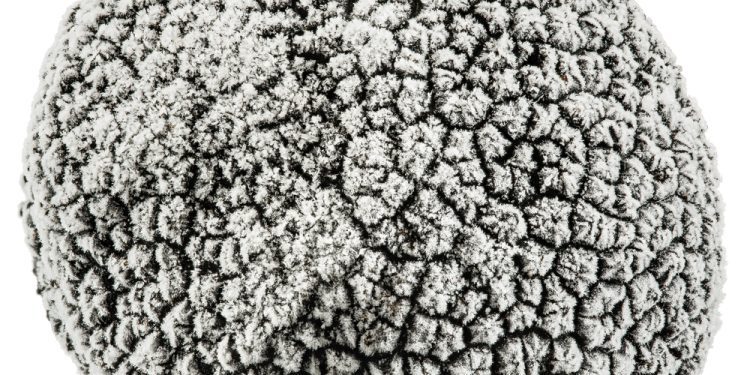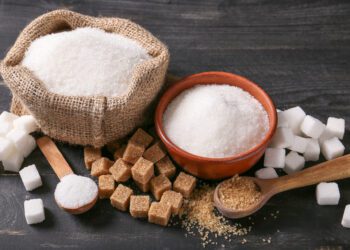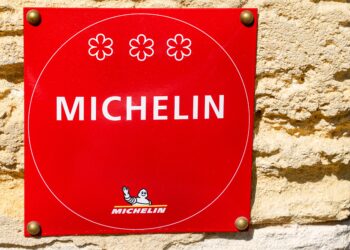Frozen truffles are superior ingredients — in sauces, added as a paste to tapenades or other mixtures, or compounded with butter. Adventurous experimentation is encouraged, as the library of hallmark recipes for the use of truffles is mostly empty shelves.
In general, frozen truffles have less “treble” and more “base” than fresh do. They have more rich, smooth flavors, and less sharp or volatile flavors. “High” notes are still present, but in a full-bodied complex. Frozen truffles can be easily used to create unique sauces whose flavors stand out alone, yet also dance with those of the dishes they accompany.
Frozen Oregon Black Truffles tend to have deeper flavors than when fresh, but also seem to still express their fruitiness. That combination, for instance, allows them to shine in a Pinot Noir brown sauce. They have a wonderful pineapple aftertaste that makes them the best of any truffle for use in making ice cream and other sweet desserts.
Frozen Oregon White Truffles have a more “mushroom-y” flavor, and less of a “gaseous” flavor, than when fresh. That flavor is much better than any mushroom flavor from any other type of mushroom. Used with a little bit of dried morel, for instance, in a cream sauce, it amplifies the taste of the morels by tens-of-fold.
Freezing Oregon Whites Truffles seems to amplify their “umami”—the fascinating 5th taste (with Sweet, Salty, Sour and Bitter). Oregon White Truffles make other things taste better, and the effect gets stronger over time–thus the last bite tastes better than the first. This will happen even if a dish has been made so complex that one has difficulty detecting the distinct flavor of Oregon White Truffle in the dish. The package may be opened to remove individual truffles (by partially-thawing and then forcefully separating them), and the remaining truffles can be re-frozen in another air-tight container for future use. When partially thawed, they can be easily grated directly into mixtures. However, we have gotten excellent results by completely thawing our Oregon Truffles while still sealed in their vacuum pouch, and then combining them with their juices into a paste. Sealed and refrigerated, this paste has a shelf life of 3 days. Incorporating a small amount of oil into it extends that to one week, 3 weeks if immersed in oil. In a freezer, covered in oil, it is good for months. We recommend using a flavor-neutral oil, such as grape seed.
After the paste has been made, it is ready for use, as-is or compounded with butter for full-bodied results. When used as-is, it is best to incorporate it with fats (eggs, butter, oil, cream, etc.), at stages in dish preparation that will minimize the heat it is subjected to. However, flavor lost in cooking can be re-charged with a “finish”. When compounding the truffle paste with butter, we recommend experimenting with the ratio of truffles to butter—one ounce of truffles to one pound of butter is “light”, four ounces of truffles to one pound of butter is “rich”. The “light” butter is perfect for spreading on bread, tossing with pasta or as a last minute addition to rice, potatoes or fresh vegetables. The “rich” butter is heavenly and is perfect for finishing demi-glazes, cream sauces and butter based sauces such as a buerre rouge or a buerre blanc. Any strength of butter can be used to create egg-based sauces such as Hollandaise or Béarnaise.
Courtesy Ontario Truffle Association












